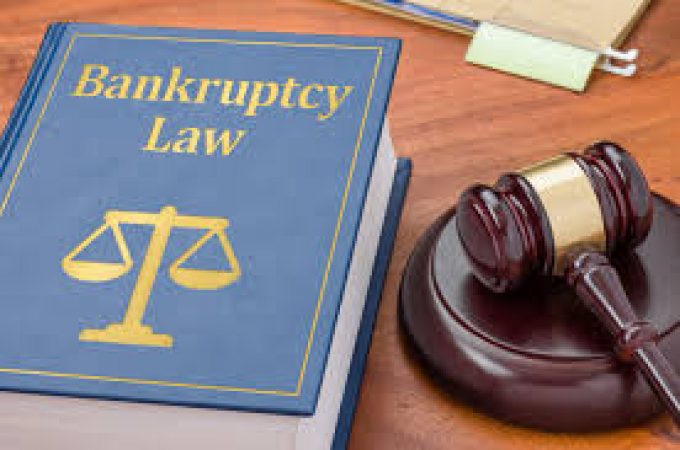Nobody wants to be in debt, but using credit for day-to-day purchases and taking out loans for bigger investments is a way of life in the U.S. Almost every functioning adult has a little debt in their name, which is fine. The situation becomes problematic when bills keep piling up and you run out of ways to pay them off anytime soon. Consumer debt refers to personal debts owed against purchase of goods for oneself or a household; this does not include business debt or money owed to any government agency. Some consumer debts are unavoidable, others are fair game in case of an emergency, but a few are downright predatory.
Common types of consumer debt are as follows:
1. Credit Card Debt
The average American has around 3-4 credit cards and about $5000 in credit card debt. The thing is that these tickets of plastic are just so convenient and addictive. Many young and inexperienced users tend to forget that whatever they charge on their credit card has to be paid back with interest. Most credit users pay between 15-20% in interest, which is quite a lot. Not to mention, when you pay past the deadline or through smaller installments, you end up paying more interest on the previous interest.
Now the question is that do we really need credit cards? Truth is that life without credit cards is possible and surprisingly stress-free. On the other hand, if we don’t use credit, how do we build credit? The solution is to keep no more than one or two lines of credit, and use them wisely. The rule of thumb is to never use more than 30% of your allowed limit, and always pay the bill on time. This way you won’t accumulate outrageous amounts of debt, and your FICO scores will thrive.
2. Mortgage Debt
Everyone needs to own a house, or at least that’s a crucial part of the American dream. The average cost of a single family home across the U.S is between $350,000-400,000; only a negligible percentage of the population has that kind of money lying around. Saving that much would take years, and can be nearly impossible while you are affording rent. When you mortgage a property, you pay for it in manageable installments over ten years or more; sooner if you have a very high income. Mortgage is considered a good kind of consumer debt, since you gradually build equity in your home instead of paying rent; moreover, real estate appreciates over time.
3. Payday Loans
Payday loans are a sort of short-term credit available to consumers who need quick cash, particularly in emergency situations. Although, these loans are for small sums of money and seem reasonable at first glance, they turn out to be very expensive in the long run. Lenders may demand up to 30% of the borrowed amount, levy late fees, and demand extra charges if you need a time extension of a month or longer. The APR of these types of loans amount to about 400%, which is why they should be avoided, unless they are your last resort.
4. Auto Loan
Auto loans account for a large portion of consumer debt, and surprisingly they are not very cost-effective. The average interest rate on new cars is almost 4%, and for old cards it goes up to about 8%; rates can vary with your credit score, i.e. higher for scores below 700. Nonetheless, consumers end up paying a lot more than the actual price of the vehicle and its value reduces over time. Brand new cars depreciate faster than pre-owned ones, and factory floor vehicles lose as much as 10% of their value by the end of their first month.
5. Student Loan
Student loans are the second largest component of overall consumer debt in the U.S, affecting millions of citizens. Taking on debt to further one’s education may seem like a good cause, yet the consequences are often unfavorable and long lasting. The average student is projected to pay off their entire debt in ten years, but it usually takes 20 years or more. The net worth of individuals with student loan debt is nearly 75% lower than those who don’t. Grants and scholarships can greatly decrease the burden of student loans. Graduates who qualify for low interest rates and accommodating terms may have the option to refinance without paying extra.
How to get rid of crippling Consumer Debt?
If your consumer debt has become unmanageable, you are probably in a tight spot right now. You may have debt collectors harassing you, while you are barely surviving on your income. Sooner or later, you may end up losing ownership of assets and affording the lifestyle you are accustomed to. In times like this, it is in your best interests to consult a financial expert like Bankruptcy Attorney in Rhinebeck, NY. They can help determine the best course or action for managing your debt problems and improving financial conditions. Filing bankruptcy is only suggested in extreme situations; it may wipe out unsecured consumer debt like credit card bills, but secured debt like student loans cannot be erased.


